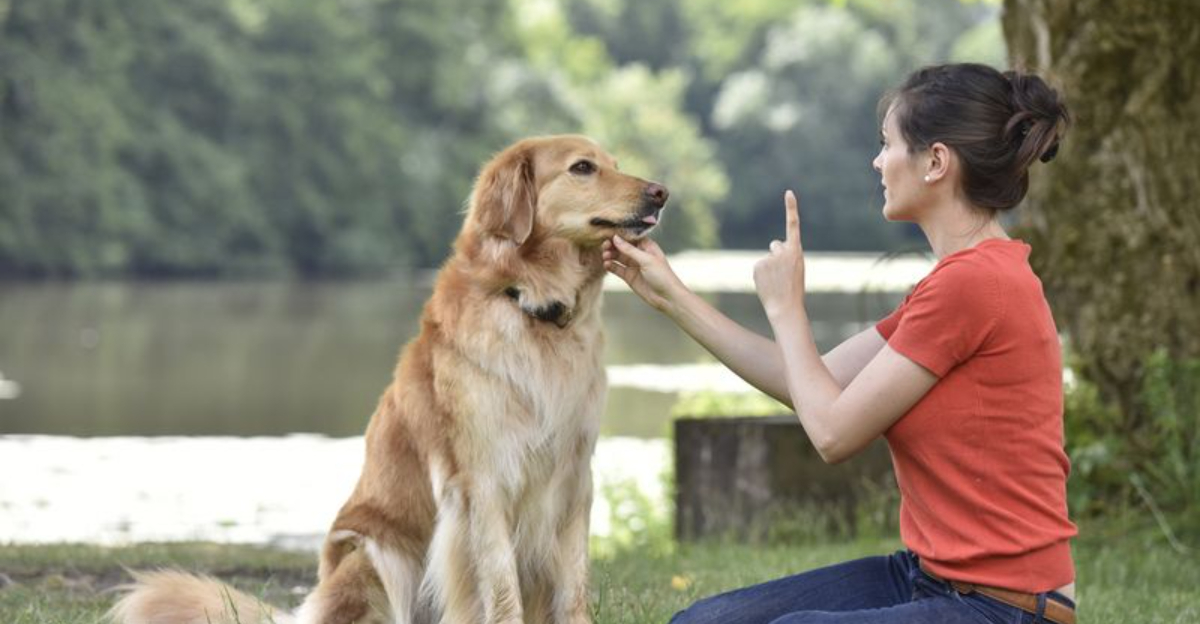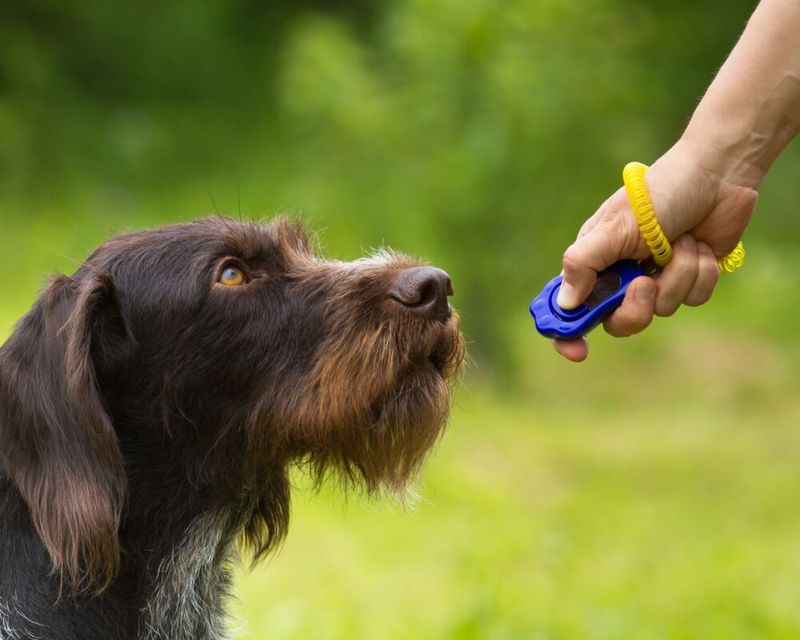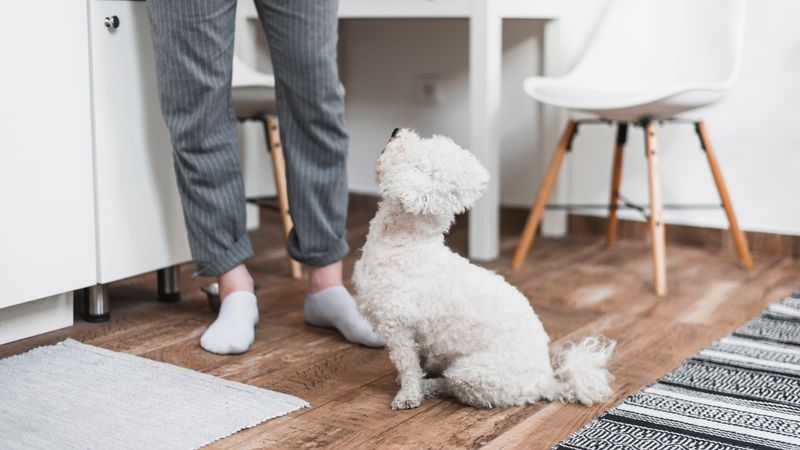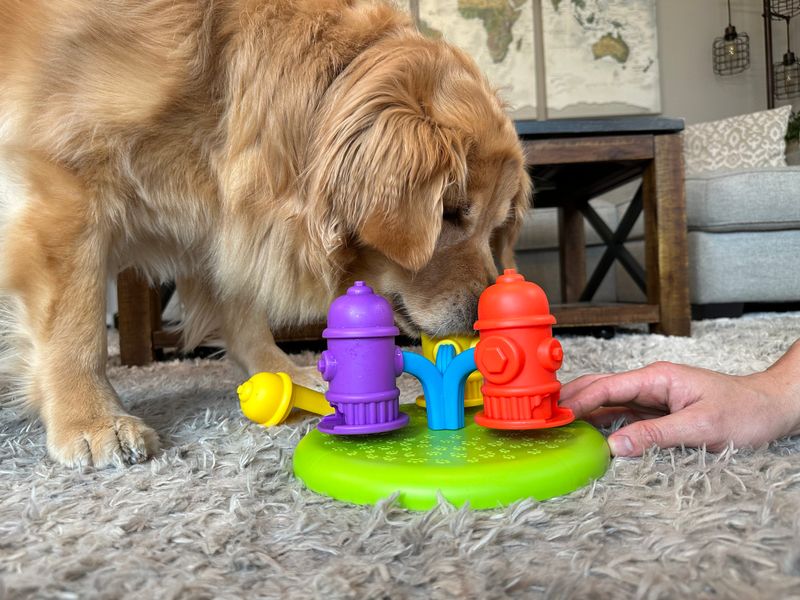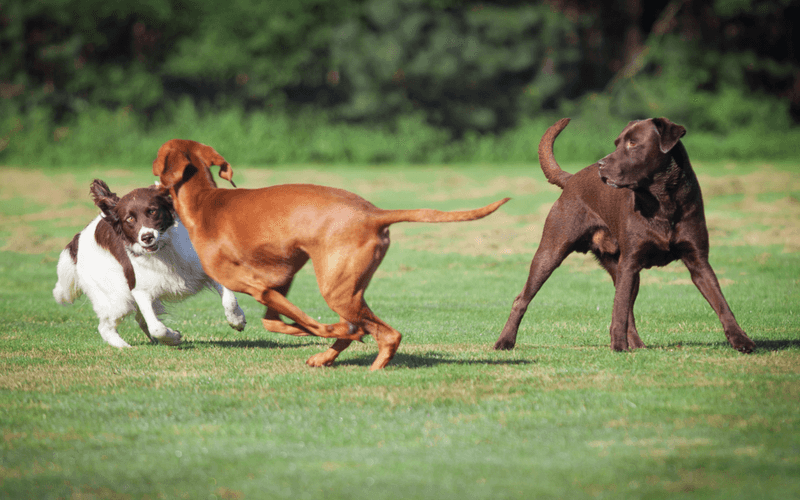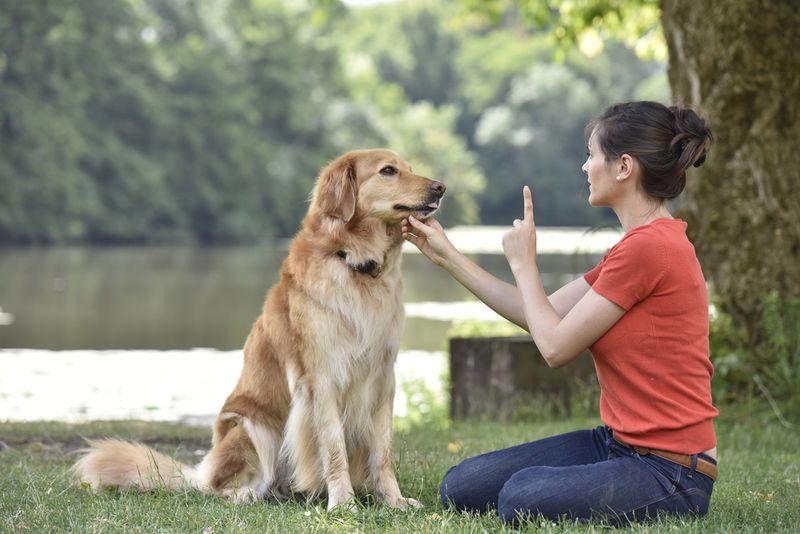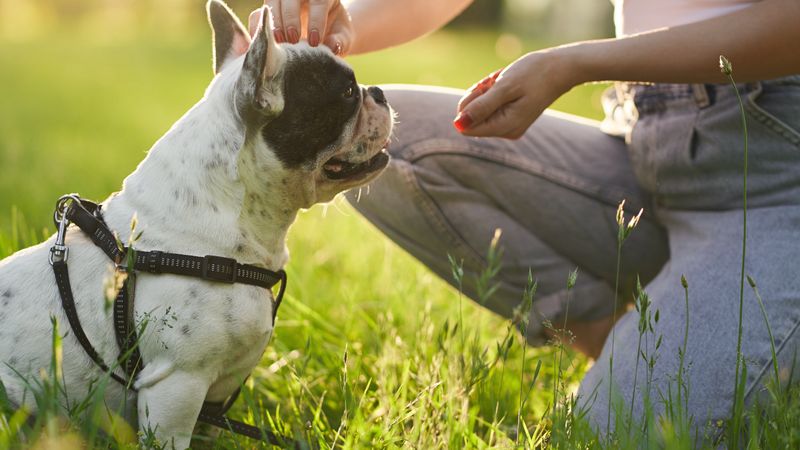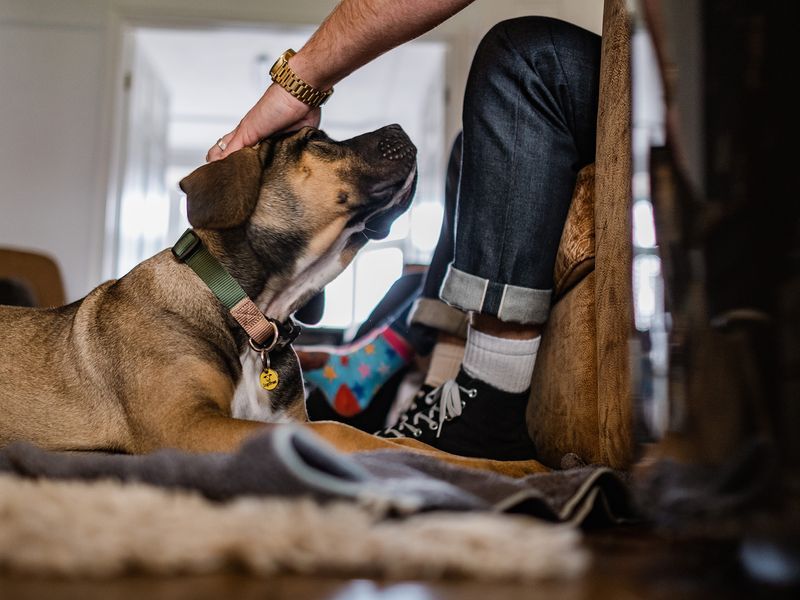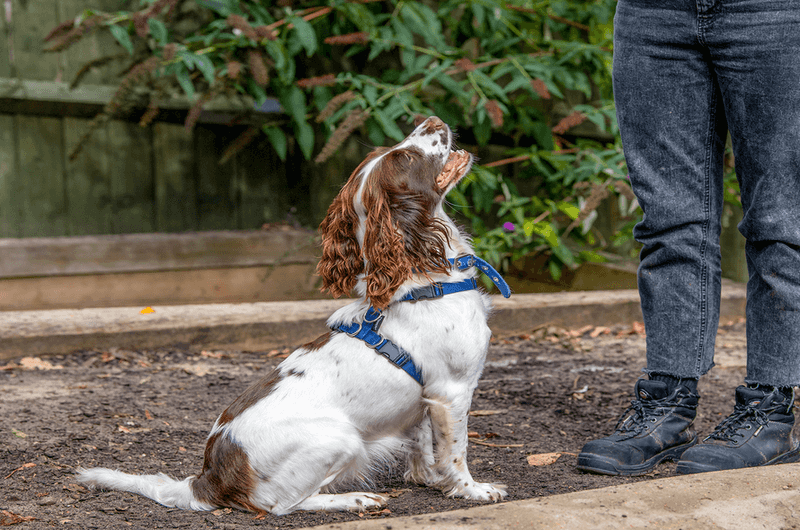Training a dog to exhibit good behavior can be a rewarding yet challenging task. Many pet owners struggle to find methods that work without resorting to raising their voice or using harsh techniques. This blog post will explore ten effective ways to encourage good dog behavior through positive reinforcement and gentle guidance, ensuring a more harmonious relationship with your furry friend.
Positive Reinforcement
Imagine a scene where your dog sits obediently, tail wagging, as it awaits a treat. Positive reinforcement works wonders in encouraging good behavior.
By rewarding your dog with treats, praise, or toys, you create a connection between their actions and the rewards. This method encourages the repetition of desired behaviors.
Did you know? Dogs’ brains release dopamine, a ‘feel-good’ neurotransmitter, when positive reinforcement is used. This chemical reaction strengthens their learning process, making them eager to exhibit good behavior repeatedly.
Clicker Training
A unique sound marks success. Clicker training involves using a small device that makes a distinct sound, marking the exact moment your dog performs the desired behavior.
The clear sound of the clicker followed by a reward helps your dog understand what you want them to do. This method is precise, effective, and removes any guesswork for your furry companion.
The beauty of clicker training lies in its simplicity and the distinct communication it offers, transforming complex commands into bite-sized learning opportunities.
Consistent Routine
Consistency is the backbone of successful dog training. Maintaining a regular schedule helps your dog understand what to expect and when.
Imagine waking up every morning to a predictable routine where mealtimes, walks, and playtimes occur at set intervals. This stability not only reduces anxiety but also reinforces good behavior.
Once your dog knows the pattern, they become more relaxed and cooperative, leading to a happier, more well-behaved pet.
Calm Energy
Dogs are sensitive to human emotions. Displaying calm energy can influence your dog’s behavior positively.
Picture yourself in a peaceful environment, your gentle demeanor reassuring your pet. Dogs mirror our emotions, so exhibiting tranquility can ease their nerves and encourage them to remain calm.
This approach is particularly effective during training sessions or when introducing new experiences, fostering a stress-free environment.
Engaging Toys
Toys are more than just playthings; they’re powerful training tools. Providing your dog with stimulating toys channels their energy positively.
Visualize a backyard filled with engaging toys that challenge your dog’s mind and body. Interactive toys and puzzles can reduce boredom and prevent unwanted behaviors, keeping your dog occupied in a constructive way.
The diverse range of toys ensures your dog remains mentally stimulated and eager to learn.
Socialization
Socialization is key to a well-mannered dog. Exposing your pet to various environments, people, and other animals broadens their understanding of the world.
Picture a lively dog park, where dogs of all shapes and sizes interact and play. This environment teaches your dog essential social skills and reduces fear or aggression.
Socialization fosters confidence and adaptability, making your dog more comfortable in different situations.
Clear Commands
Clarity in communication is vital for effective training. Using clear, concise commands ensures your dog understands what is expected.
Imagine using distinct hand signals and voice commands that leave no room for confusion. Consistent verbal and non-verbal cues help your dog quickly grasp the desired behavior.
Clear commands build trust and respect, forming the foundation of a harmonious relationship with your dog.
Patience and Time
Patience is a virtue, especially in dog training. Allowing your dog the time to learn at their own pace nurtures a positive learning environment.
Visualize a serene beach where training sessions are unhurried and stress-free. By setting realistic expectations and providing ample time, you create a supportive atmosphere.
This patience translates into a confident, well-behaved dog that appreciates the process of learning.
Rewarding Calm Behavior
Recognizing and rewarding calm behavior is a powerful tool in training. When your dog remains relaxed, offering praise or treats reinforces this demeanor.
Picture a peaceful home where calmness is encouraged and rewarded. This approach helps your dog associate tranquility with positive outcomes, reducing anxiety-driven actions.
Through consistent rewards, your dog learns to value calm behavior, creating a serene household environment.
Understanding Body Language
Understanding your dog’s body language is crucial for effective communication. Dogs express themselves through subtle cues that reveal their emotions.
Imagine navigating a busy street while attuned to your dog’s signals. By recognizing signs of stress or comfort, you can respond appropriately to their needs.
This mutual understanding strengthens your bond, encouraging positive behavior through empathy and awareness.
